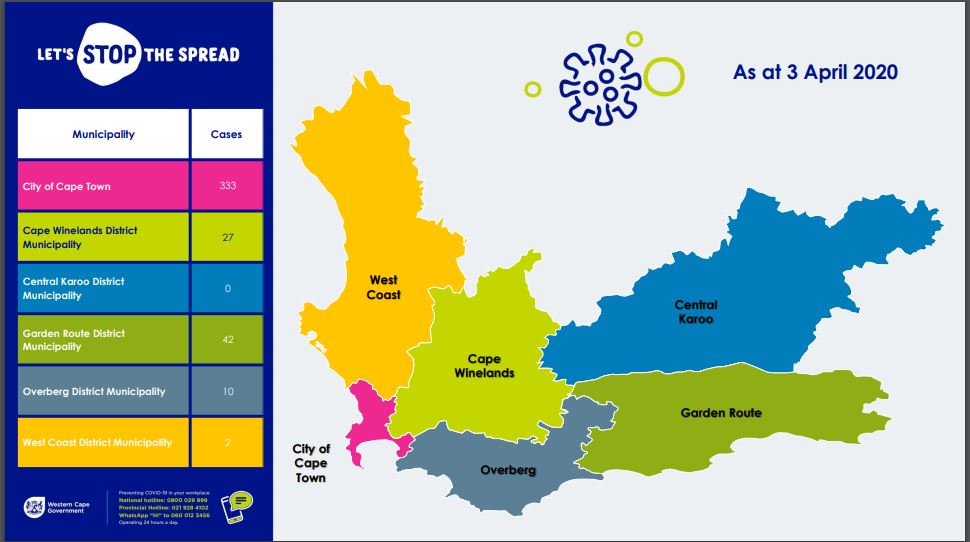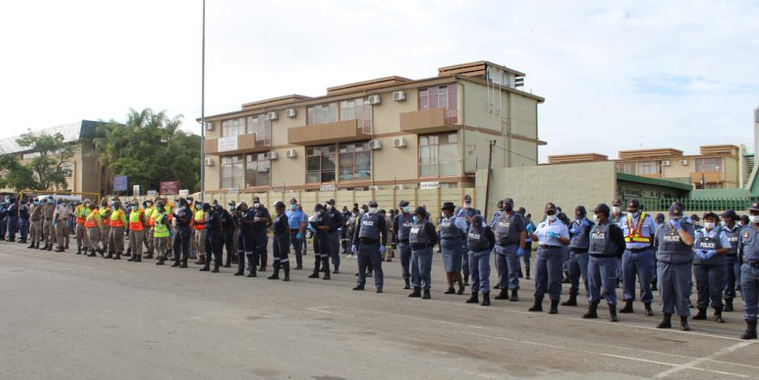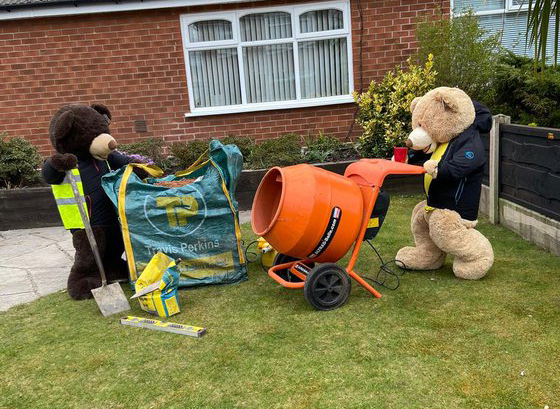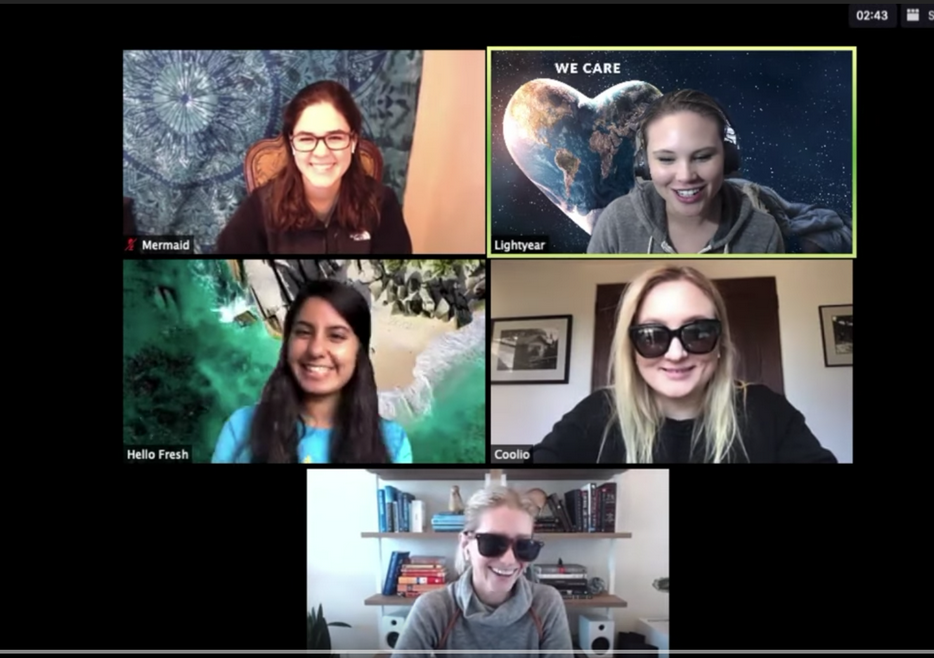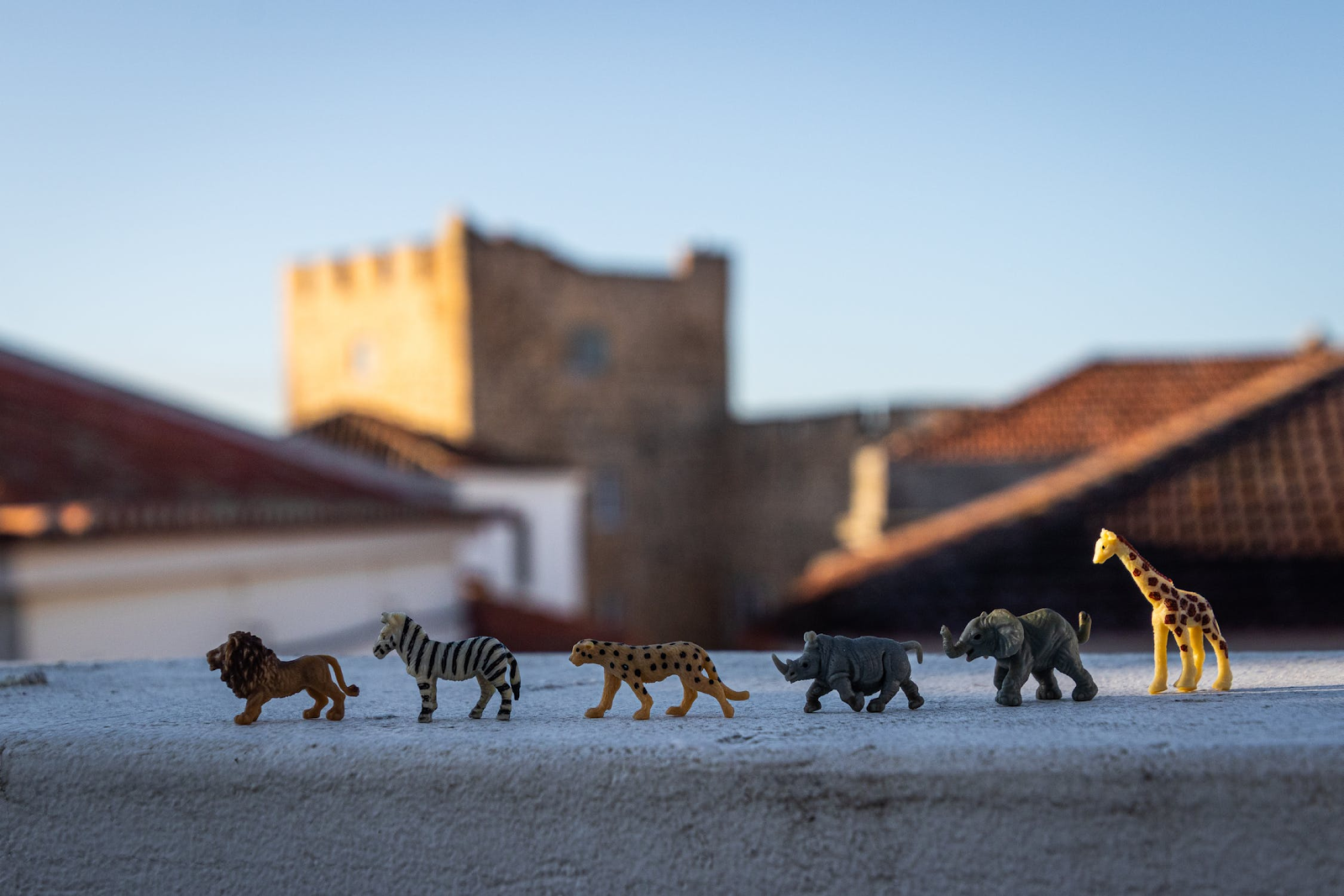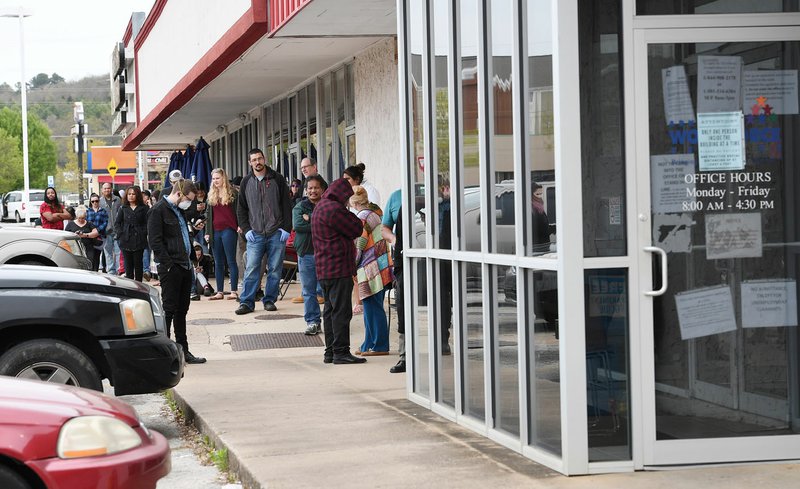By Lizzie Stricklin and Skylar Thoma
Creativity is blooming on the internet as people around the world are being inspired to take up artistic challenges from wherever they find themselves in lockdown.
An explosion of online content, from silly social media challenges, to museums and universities sharing their resources, is giving people a way to stay sane during these trying times. Here are just seven ways the artistic and creative world has continued to shine during these turbulent times.
Recreating the Classics
The Getty Museum in Los Angeles took to Twitter this month to encourage fans of visual art to recreate their favourite paintings using only three items found around the house. Although some of the participating photos used more than three items, they all have produced creative takes on paintings from Jan van Eyck to Pablo Picasso. Here are some of our favourite DIY creations:
Exploring Museums from the Couch
Although many museums have been forced to close their doors for the foreseeable future, museums from around the world have moved some of their exhibits online in partnership with Google Arts & Culture. Visitors can view the collections as an online gallery, and, if the museum has the technology, take a virtual reality tour of the museum. Over 2,000 museum collections from six continents have added their exhibits so far.
Taking a Seat – Or Creating One
On March 18, Spanish designer Max Enrich started an Instagram challenge encouraging followers to craft little #isolationchairs out of miscellaneous household items. In the past three weeks, this challenge has taken off, with posts displaying hundreds of pint-sized creations made from items ranging from matches to breakfast sandwiches circulating the internet. Here are some of our favourites:
Bringing the Theatre to the Living Room
The lights may have been dimmed, but the show must go on! Broadway and West End theatres, as well as some regional theatres, have released pro-shots of plays and musicals that theatre fans around the world can watch for free or with a small donation. Andrew Lloyd Weber himself has started a YouTube channel dubbed The Shows Must Go On, through which a different Weber musical recording will premiere every Friday.
The National Theatre in London will be releasing a recording of a play every week, and Broadway stars have held virtual play readings. Regional theatres like TheatreWorks Silicon Valley have also joined the online stage by holding a “virtual opening night” for its musical production of Pride & Prejudice, which included interviews with cast members and was hosted by Broadway star Beth Leavel.
Worldwide Orchestras
Choirs and orchestras are organizing their performances online, often with individual members recording themselves and compiling their videos into a final product. Some conductors are hosting live sessions over YouTube and other streaming platforms. Here are some impressive performances done without any of the performers in the same room:
Sharing Their Craft
For aspiring artists who have no idea how to begin, there are an abundance of online classes available for all manner of things. The online website Class Central has compiled over 450 free online classes from the eight Ivy League universities, including courses in music, photography, and architecture. Scores of artists are also using YouTube to host online classes of their own on every topic imaginable: drawing, knitting, painting, playing instruments, and more.
Going Out in Style
As more people commit themselves to social isolation and self-quarantine, sometimes the only time they leave the house is to take out the trash. Members of the Australian Facebook group “Bin isolation outing” (https://www.facebook.com/groups/306002627033697/) found a creative way to make taking out the trash fun by donning costumes for the daily chore.
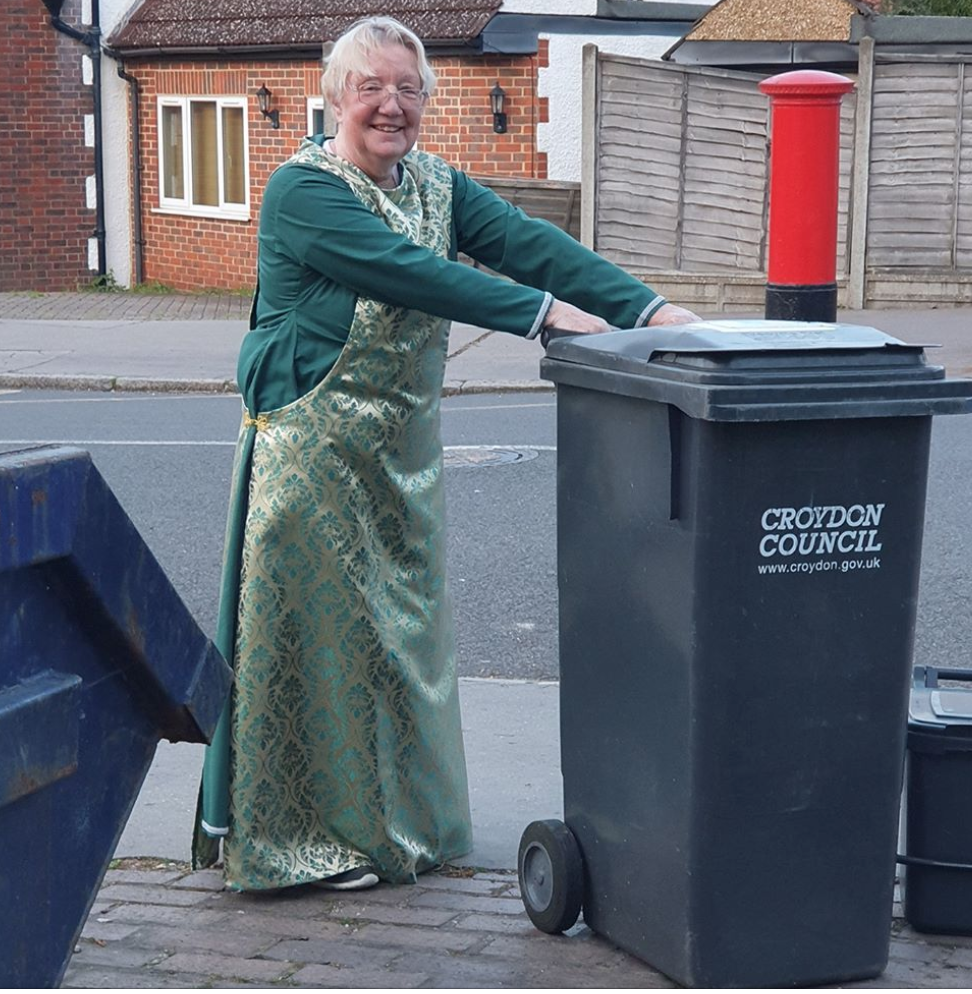
The fun has now spread around the world, with participants from Scotland and the United States putting their own spin on the silly costumes.





